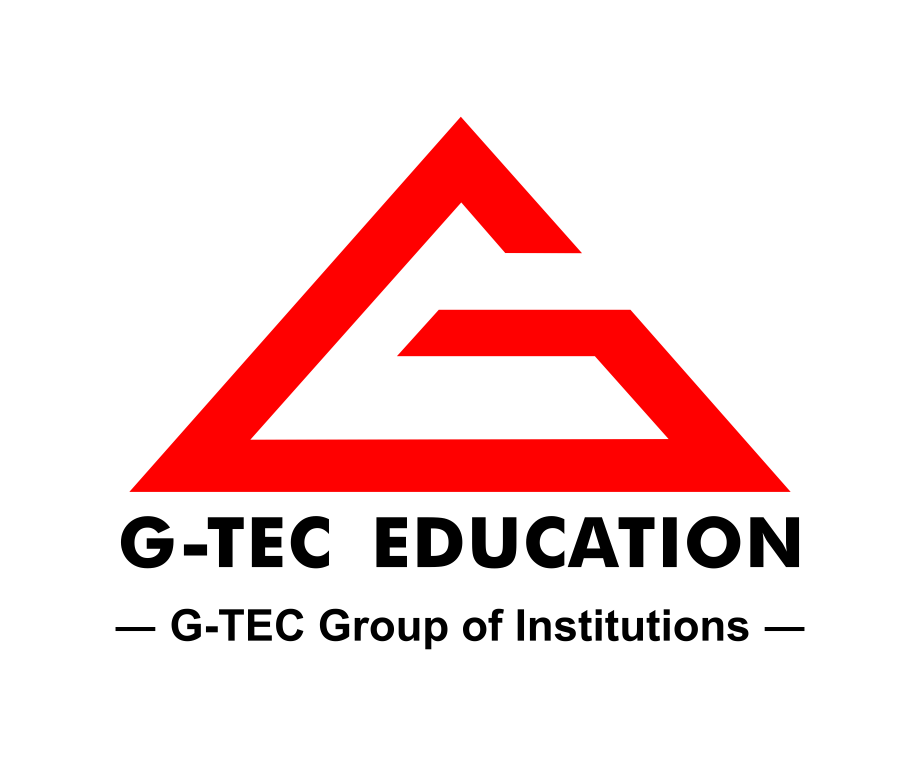
Here are key concepts associated with deep learning:
Neural Networks: At the heart of deep learning lie artificial neural networks, drawing inspiration from the structure and operations of the human brain. These networks comprise interconnected nodes or neurons arranged in layers. The layers include an input layer, one or more hidden layers, and an output layer.
Deep Neural Networks (DNN): Deep learning often involves deep neural networks with multiple hidden layers. The depth of these networks allows them to learn intricate patterns and representations from complex data.
Training: Deep learning models are trained using large datasets. During training, the model learns to recognize patterns and features in the input data by adjusting the weights of connections between neurons. This process involves forward propagation (making predictions) and backward propagation (adjusting weights based on errors).
Feature Learning: Deep learning excels at automatically learning hierarchical representations or features from raw data. Lower layers might learn simple features, like edges in an image, while higher layers learn more complex features or patterns, eventually leading to the model’s ability to recognize objects or make predictions.
Representation Learning: Deep learning models automatically learn meaningful representations of data. This is in contrast to traditional machine learning, where feature engineering is often required to extract relevant information from the data.
Types of Deep Learning Architectures:
- Convolutional Neural Networks (CNNs): Primarily used for image and video analysis, CNNs are designed to recognize patterns in spatial data.
- Recurrent Neural Networks (RNNs): Suitable for sequence data, RNNs are capable of processing input in a sequential manner, making them useful for tasks like natural language processing.
- Generative Adversarial Networks (GANs): GANs consist of two neural networks, a generator and a discriminator, working in opposition to create realistic synthetic data.
Applications: Deep learning has shown remarkable success in various applications, including image and speech recognition, natural language processing, medical diagnosis, autonomous vehicles, and more.
It’s important to note that deep learning requires substantial computational resources, often involving the use of graphics processing units (GPUs) to train large and complex models efficiently. The field continues to evolve, with ongoing research and advancements contributing to its widespread applicability.
